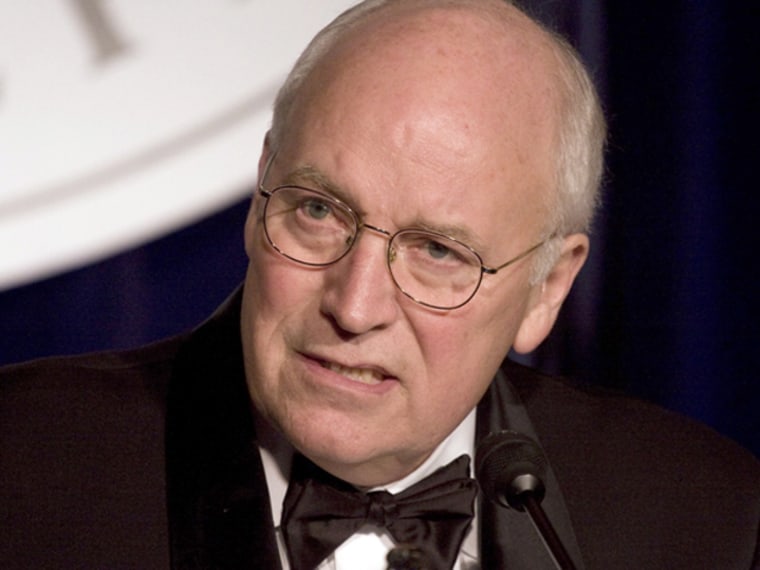Former Vice President Dick Cheney said Wednesday that he underwent surgery last week to have a tiny pump implanted to assist in the functioning of his heart as he experiences "increasing congestive heart failure.
The surgery, to insert a left ventricular assist device, was performed at Fairfax Hospital in Virginia.
Cheney, 69, has suffered five heart attacks, the first when he was 37. His most recent heart attack, described as "mild," was in February, but late last month he was admitted to George Washington University Hospital for a few days after reporting he was not feeling well. He received medication to treat a fluid buildup related to his aggressive form of heart disease.
"A few weeks ago, it became clear that I was entering a new phase of the disease when I began to experience increasing congestive heart failure," Cheney said in a statement. "After a series of recent tests and discussions with my doctors, I decided to take advantage of one of the new technologies available and have a Left Ventricular Assist Device (LVAD) implanted."
A doctor, who is part of his medical team, told NBC News that Cheney is "doing well now," but that the former vice president was short of breath and was experiencing "heart failure" before the device was implanted. He was "running on 3 cylinders. Now he's on 8," the doctor said.
The American Heart Association website defines the LVAD device as "a battery-operated, mechanical pump-type device that's surgically implanted. It helps maintain the pumping ability of a heart that can't effectively work on its own."
The kind of heart pump that Cheney received can be implanted next to the heart to help its main pumping chamber, the left ventricle, pump blood through the body. Such devices are used mainly for short periods, to buy potential transplant candidates time as they await a donor organ.
But they are being studied for use as a permanent therapy for people with severe heart failure who are not transplant candidates.
About 5 million Americans have congestive heart failure, where the heart weakens over time, often as a result of heart attacks, and cannot pump enough blood. Heart transplants are one solution, but few patients find a donor and many are too old or sick for transplants.
The heart pump Cheney received, known as an LVAD for short, is not a cure, said Dr. Samer Najjar, medical director of the heart transplant and LVAD division at Washington Hospital Center. But by rerouting the blood to take over the job of the left ventricle, the pump relieves pressure on the heart.
And once patients recover from the open-heart surgery, they can experience a much better quality of life, said Najjar, who had no firsthand information about Cheney's case.
The typical life expectancy of the recipient depends on whether the device is to be temporary and the person goes on to receive a heart transplant, or if the device is intended for permanent therapy. Recent studies suggest that 63 percent of patients who receive a permanent LVAD can survive two years, Najjar said. Those awaiting a heart transplant tend to have a slightly higher survival.
The details of Cheney's scenario were not immediately available.
This report from NBC News' Pete Williams and Steve Handelsman includes information from The Associated Press.
